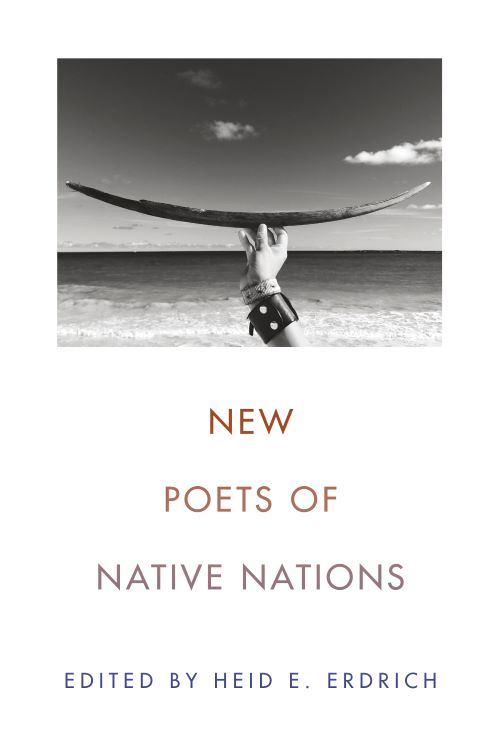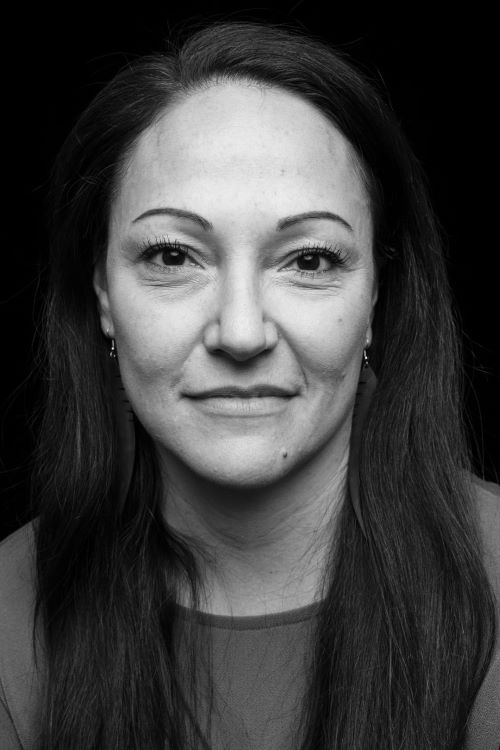I write often about the geography, the landscape that my ancestors have called home for fifty generations. I have a deep connection to this slice of the northern plains, stretching from the Elk River (the Yellowstone), north into Saskatchewan, Canada. We traversed many hundreds and hundreds of miles of surrounding terrain until 1878, the year we were forced on to the Fort Peck reservation in the northeastern corner of Montana.
My great grandparents and their grandparents understood the reciprocal nature of being in right relationship with the land, reservation or no reservation. It is then next to impossible for me to ignore the echoes that reverberate from beneath and across the earth’s surface. There is both a human and non-human story here. Such places formed by millennia, marked by water and ice, light and dark. Of shifting rock and the new formation of land, plateau, mountain range. Humans were taken in and the land cared for us—we were gifted survival and song by our plant and animal family. We grew up in this way, over multiple generations—building our kinship circle, a way of knowing and a way of being in the world. For my Tribes, kinship has always been paramount to our survival. Kinship is about enduring hardships together, trusting in collective knowledge, sharing responsibilities, and valuing everyone and everything in the community.
When I wrote “Heart Butte, Montana” I had been driving to that area for several years, at least every other month or so. I was the Indian Education director for the state and our team was collaborating with, and supporting, the Heart Butte school district on their journey toward building a system that met the needs of students and the community. The school is located on the Blackfeet nation, nestled at the base of the Rocky Mountain Front, or what the Tribe knows more affectingly as The Backbone of the World, a sentient place with great meaning and significance. While I am not Blackfeet, I would often pull my car over, look across the vast terrain to the east and think of my own family, several hundred miles away. I would think about my mother buried there, on a high bluff overlooking the Missouri River. And I could feel our connection and our home.
The poem itself is my attempt to better understand a kinship one feels with people and places. As I looked across that beautiful land, I was reminded that this interconnection is not immovable. It is in motion. And we can all play a role in what remains, at any given moment. This type of kinship can break down—through our interactions, acknowledgements and responsibilities. As this erosion takes shape in our human connections, it too can take form in our relationship with all non-human beings. In English, the word used to describe these other parts and pieces of our natural world is ‘inanimate.’ This is defined by Merriam Webster as ‘not endowed with life or spirit.’ Indigenous peoples do not presume to have the ability to declare anything lifeless or spiritless. We are connected to everything that our feet touch, to the air we breathe and to one another.
But this poem is not just about loss. It is a recognition as well of what can happen when we press ourselves to the earth, feel the pulses of energy, and realize our stories remain tethered. As Indigenous peoples, our ancestors are now a part of that land—it is where our languages, oral traditions, songs and ways of being have been formed, and we must find ways to carry on this necessary kinship. It is vital to us all.




